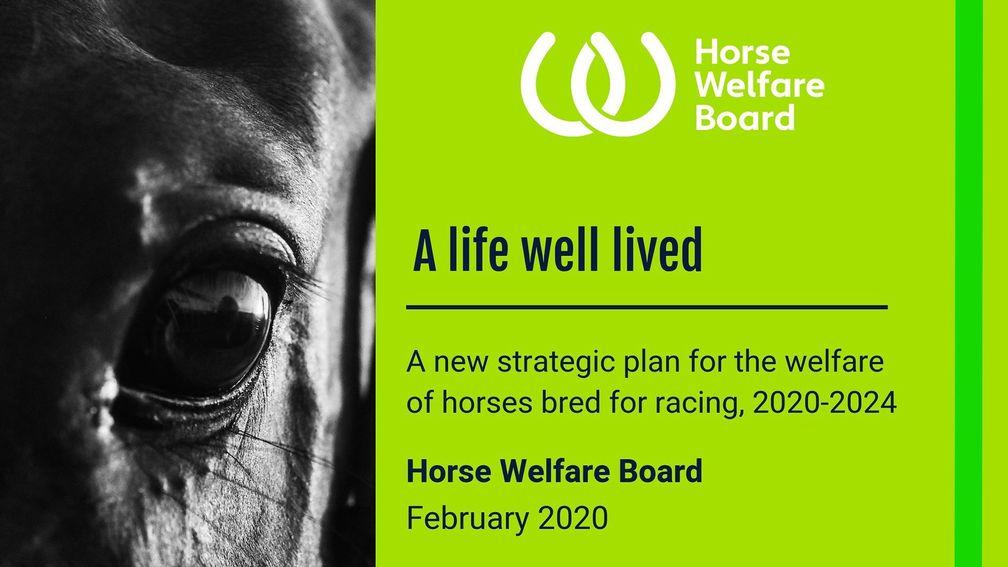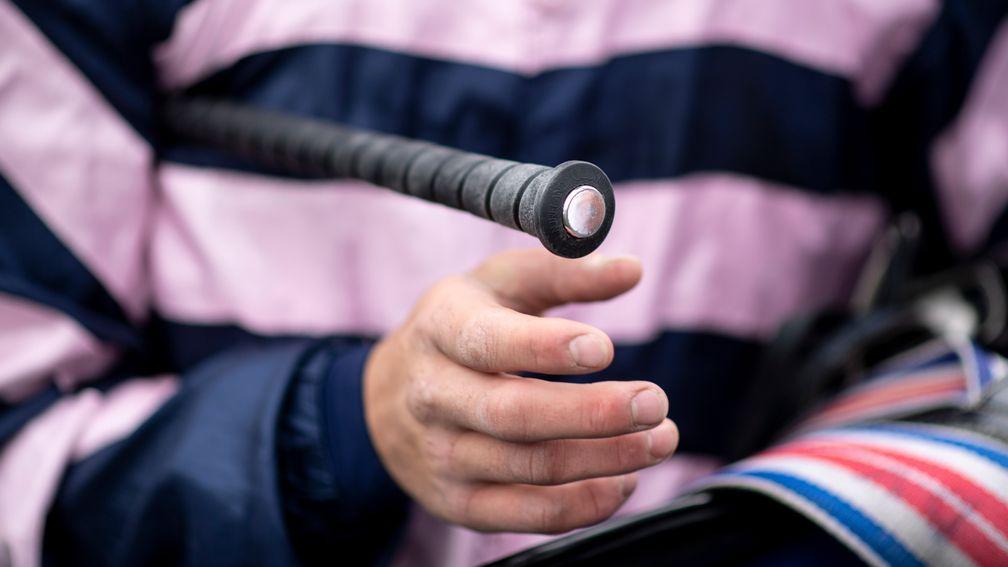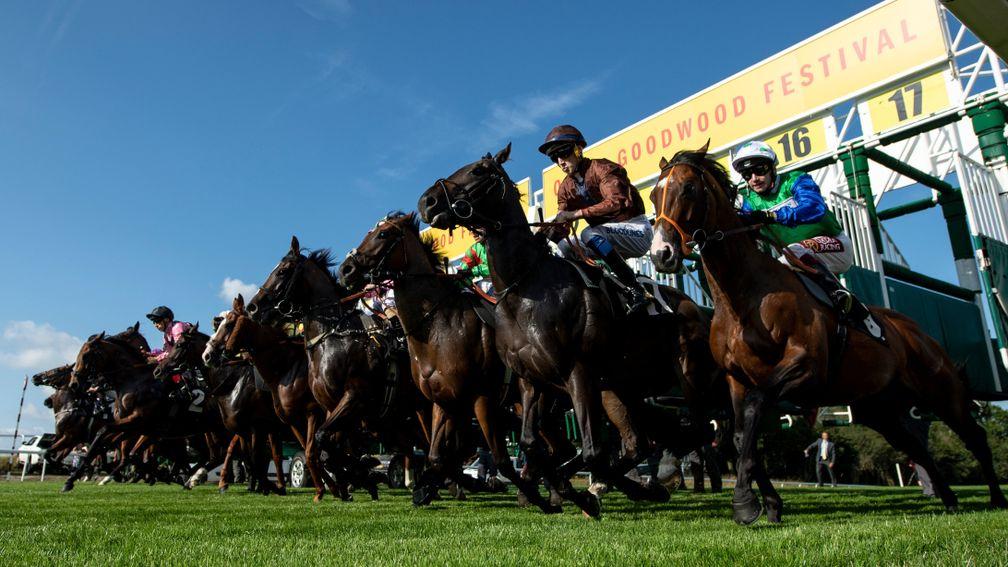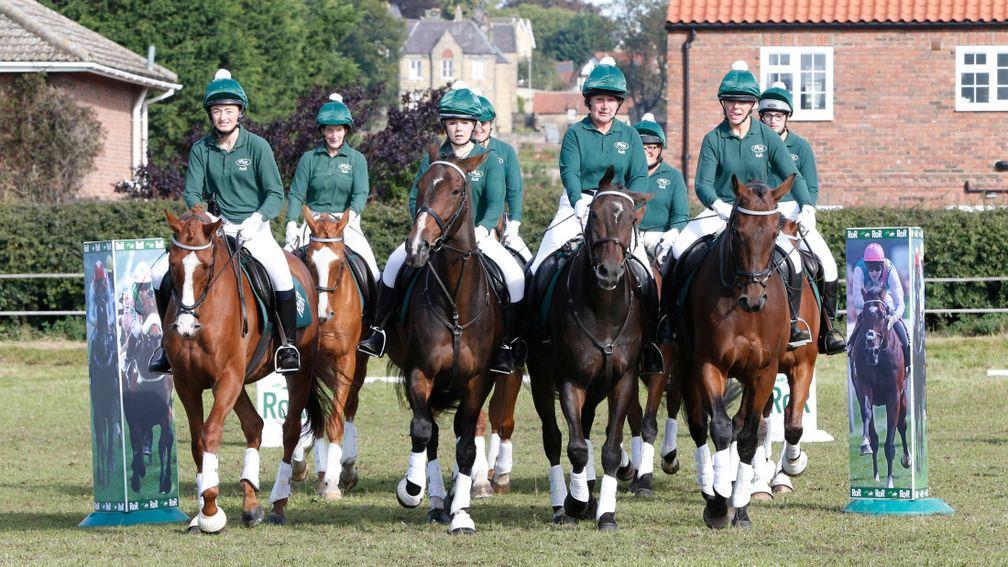Horse Welfare Board: the recommendations in full

The Horse Welfare Board released a landmark report into welfare in British racing on Thursday, and the five-year strategy included 20 recommendations:
A: Standards and benchmarking
1 Welfare benchmarking: The Horse Welfare Board recommends the continued development of a system for benchmarking welfare of thoroughbreds, working with other racing jurisdictions, equine sports and equine sectors as far as possible. This should be a scientifically grounded but practical checklist, which has the potential to be used as evidence of welfare standards in racing. To be led by the BHA as an industry-wide project, with sponsorship from the HWB to ensure this work is developed collaboratively both across and outside the industry.
2 Euthanasia code of practice: We require the development and implementation of a single euthanasia code covering the whole industry, including breeding, pre-training, sales and aftercare, building on existing codes and including a clear decision tree to ensure euthanasia is used appropriately. This code should be communicated to industry and external audiences, to encourage understanding of responsible, ethical euthanasia as an important element of the welfare toolkit. To be led by the BHA and utilising appropriate expertise from (e.g.) the Veterinary and Ethics Committees.
3 Code of ethics: Racing to develop and communicate an ethical case for racing, including a Code of Ethics. Code of Ethics to be commissioned from the independent Ethics Committee by the HWB.
4 Ground and going improvement and benchmarking: Racing to undertake a project to develop performance quality criteria and measurement for ground and going, to cover first racing, then training surfaces, with an associated education and accreditation programme. This project should also assess, with the help of predictive modelling, any safety or welfare issues linked to ground or going, in relation both to turf and artificial surfaces, and the preparation and irrigation of surfaces, making recommendations for action as appropriate. This project to be led by a subgroup of the BHA’s cross-industry racecourse committee, with sponsorship and funding from the Horse Welfare Board.
5 Continued consideration of breeding methods: British racing should continue to play a role internationally on the relative merits of different breeding methods, led by the TBA and BHA and helping the Horse Welfare Board to maintain its understanding of developments in this area.
B: Safety improvements
6 Welfare benchmarking: The Horse Welfare Board recommends the continued development of a system for benchmarking welfare of thoroughbreds, working with other racing jurisdictions, equine sports and equine sectors as far as possible. This should be a scientifically grounded but practical checklist, which has the potential to be used as evidence of welfare standards in racing. To be led by the BHA as an industry-wide project, with sponsorship from the HWB to ensure this work is developed collaboratively both across and outside the industry.

C: Reviews of current policies and practices
7 The BHA should conduct a consultation on the whip in 2020, as follows: With a view, regardless of other outcomes discussed in the consultation, to reviewing penalties for breaches of the whip rules as quickly as possible and ideally by the end of October 2020, noting that the need to increase penalties is a clear, minimum recommendation of the Horse Welfare Board, with particular consideration of increased penalties for:
• Whip action offences, e.g. use of the whip over shoulder height, where evidence suggests that greater deterrents are required
• Whip modification offences, penalties for which are felt to be inadequate
• Repeat/multiple offences by the same jockey, increasing the progressive penalties applied for multiple offences
Consultation on penalties should seek views and ideas on a range of sanctions, for example, fines and/or suspensions for jockeys, and prize-money sanctions. The Horse Welfare Board recognises that different views exist on the feasibility and desirability of sanctions involving disqualification of the horse but feels this question could usefully be considered and resolved through consultation. Should the BHA choose to exclude this from the consultation, it must set out clear reasons for doing so.
In that consultation, the BHA should also take the opportunity to gather views, and potentially to consider:
• Future banning/retention of the whip for encouragement, in order to foster a controlled, constructive and managed discussion
• Changing the rules to place further restrictions on use of the whip for encouragement (e.g. reduction in number of permitted strikes, or restricting use during particular stages of a race)
The Horse Welfare Board wishes to be clear that the only explicit recommendation for immediate action on the whip relate to the need for increased penalties and for the industry to take greater control of
conversations relating to the use of the whip for encouragement, initially expressing views via an open, managed consultation process.

8 Stalls and starting review: Racing to conduct a short review of stalls and starting, including: assessment of risk of injury to horses from stalls starts and jumps (tape and flip) starts, to ensure risks are as low as possible. If risks are identified, causes to be ascertained and addressed. Review to include consideration of stalls loading
procedures and identification of any real or perceived welfare issues, with appropriate action to be taken as necessary. This short review to be led by the BHA and RCA, but with a view to regular future reassessment, in line with new information and data, or utilising improvements made in overseas jurisdictions.
9 Lower place prize-money review: Racing to conduct a short analysis to assess any welfare or safety issues arising from lower place prize-money and to provide reassurance, or to make changes to prize money allocation if required. Led by the BHA.
10 Improved accountability in non-regulated sectors: The Horse Welfare Board recommends that the same standards of welfare, safety and traceability are applied in non-regulated parts of racing, as the lack of regulation may compromise the welfare of thoroughbreds, as well as creating vulnerabilities that may affect the sustainability and reputation of the regulated sport. This applies to the breeding, pre-training, sales, transportation and aftercare sectors.
At this stage we have not formed a definite view on how this accountability is best achieved, for example, by registration or accreditation schemes, codes of practice, or through more formal regulation. The Horse Welfare Board will consider this alongside the BHA and relevant stakeholders, conducting or commissioning a review as required.
11 Welfare financing review: The industry to conduct an analysis of racing’s funding model for welfare, with a particular focus on the aftercare sector to ensure appropriate sustainability of the rehoming sector, developing new funding models and subsidies as required, and on opportunities in relation to research and development. This work will be scoped and commissioned appropriately by the Horse Welfare Board.
D: Data and analysis
12 Establishment of cross industry data unit and programme: Recognising the importance of robust data, racing to establish a cross-industry data unit and programme, coordinated by the BHA, with the sponsorship of the Horse Welfare Board to ensure alignment and prioritisation of data projects, with a focus on the recommendations in the remainder of this section, as follows:
13 Traceability: Racing should aim for the fullest possible traceability, during the period of this strategy (2020-2024), across the lifetime of all horses bred for racing, with the initial priorities being:
•100 per cent data completion and traceability of racehorses’ first step away from racing.
•Improved understanding of second and subsequent steps away from racing, via improved traceability and fuller engagement with commercial rehomers, to be led by RoR.
•Analysis and understanding of any gap between 30-day foal notification and entry into racing yards, with actions being developed to address any welfare issues that may emerge from this analysis, to be led by BHA and TBA.
•Addressing gaps and accessibility challenges in the data, working with e.g. Weatherbys and Defra.
•Devising solutions that remove barriers and provide incentives to ensure fullest possible traceability.
•Working with others where control is limited to minimise welfare risks, for example working with other equine sports and sectors on collaborative approaches, working with sales houses to ensure a responsible approach to overseas sales and to restrict sales or
exports where there is evidence of risk; providing education and support to rehomers, as per recommendation 16 below.
14 Predictive risk modelling: Continued development, improvement and implementation of the predictive risk modelling approach, beginning with the Jump Racing Risk Model, led by BHA and reporting into the industry data programme. Further information and data, including that obtained via trainer and jockey engagement, and
ground and going projects, to be added when available.
15 Medication data: Racing to establish a project relating to the gathering and analysis of medication data and clinical records, to understand any areas of risk in relation to injuries and fatalities, to be led by the BHA, working with the NTF and BHA Veterinary Committee.

E: Training and education
16 Training and CPD: The Horse Welfare Board recommends an improved and more aligned focus on training, education and CPD (Continuing Professional Development) programmes across the industry, to ensure best practice, with a particular onus on:
•Breeder education to ensure responsible breeding practices and to ensure that standards required in regulated sectors are respected and applied in the breeding sector, to be led by the TBA but with support from the wider industry.
•Owner education to ensure responsible ownership, particularly in relation to owners’ responsibilities to horses following the end of their racing careers.
•Education and support for rehomers and potential rehomers, to be led by RoR but with support and promotion by the wider industry.
•CPD programmes for trainers, to be developed by the NTF and BHA and to form part of the licence renewal process.
17 Promotion of welfare and the horse: Racing to develop and implement an approach and plan that puts the importance of the horse at the centre of its promotional activity, using a balance of strong storytelling, strong evidence and data and which makes the ethical case. This to be led by a new senior communications role, which will work with the Horse Welfare Board, GBR, BHA and an industry communications group.
18 Issues management: Racing to reconsider its issues management approach and associated messaging, to ensure this is effective in providing reassurance and building (and measuring) trust with key public and political audiences. This to be led by a new senior communications role, in line with recommendation 17 above and working particularly with the BHA.
19 Industry engagement: Racing to build the capacity of the sport to engage effectively on welfare, including support for industry engagement initiatives (e.g. open days), developing and broadening capacity to engage with the public and politicians, keeping the sport informed of important welfare developments, and equipping them with communications content, materials and messaging led in line with, and with content drawn from, recommendations 17 and 18 above.
20 External stakeholder engagement: Racing to step up its engagement and collaboration with other equine sports and sectors, working together on key initiatives, as well as deepening its engagement and dialogue with trusted welfare organisations and charities, with a view to improving equine welfare and promoting trust. This plan to be facilitated by the senior communications lead, working with the BHA and the Horse Welfare Board.
Read more here:
Read this
'Pivotal moment for racing' as Horse Welfare Board releases five-year strategy
Welfare report hailed as 'watershed moment for British racing'
Tougher penalties for breaches of whip rules recommended in welfare report
A perceptive, progressive and proportional report racing can unite behind
BHA unveils eight videos to showcase importance sport places on equine welfare
Published on 20 February 2020inBritain
Last updated 19:27, 20 February 2020
- 'The public like her more than some trainers' - Paul Nicholls perplexed at lack of opportunities for Bryony Frost
- 'We could get a liking for it!' - Willie Mullins sends warning to rivals as he closes in on first British trainers' title
- Harry Cobden's jockeys' championship nerves quelled after Taunton double but title rival Sean Bowen vows to continue fight
- Willie Mullins and Dan Skelton set for epic trainers' title showdown at Sandown
- Who will win this year's bet365 Gold Cup based on previous trends?
- 'The public like her more than some trainers' - Paul Nicholls perplexed at lack of opportunities for Bryony Frost
- 'We could get a liking for it!' - Willie Mullins sends warning to rivals as he closes in on first British trainers' title
- Harry Cobden's jockeys' championship nerves quelled after Taunton double but title rival Sean Bowen vows to continue fight
- Willie Mullins and Dan Skelton set for epic trainers' title showdown at Sandown
- Who will win this year's bet365 Gold Cup based on previous trends?